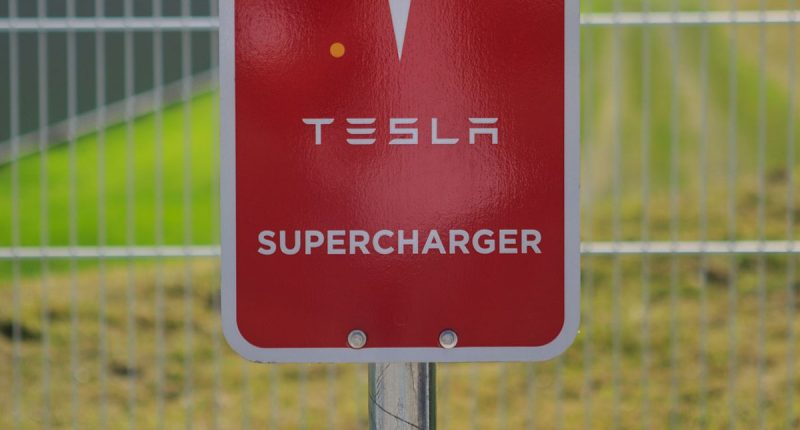Tesla released its second-quarter financial results on Tuesday, revealing a mixed performance. The electric vehicle (EV) giant met revenue expectations but missed earnings targets for the period.
For the second quarter of the year, the EV giant reported revenue of $25.50 billion, slightly above the anticipated $24.63 billion by Bloomberg consensus. This represents a modest increase from the $24.93 billion recorded in the same quarter last year. Despite the revenue growth, Tesla’s adjusted earnings per share (EPS) were $0.52, falling short of the expected $0.60. The company posted a non-GAAP net income of $1.8 billion. These financial results prompted a significant market reaction, with Tesla’s shares dropping approximately 7% in pre-market trading on Wednesday. Tesla’s shares are currently priced at $216.92.
Tesla’s automotive revenue decreased by 7% to $19.9 billion, down from $21.27 billion a year ago. This drop included regulatory credits of $890 million, more than triple the amount from the previous year. Despite achieving record regulatory credit revenues, Tesla’s profitability was impacted by lower automotive sales and increased production costs. The company also reported operating cash flow of $3.6 billion for the same period.
These numbers combined resulted in the stock slumping by 12% on Wednesday at $215.99. It’s now down 13% for the year, while the Nasdaq is up 16% over that stretch.
Tesla provided updates on its production plans, confirming it remains on track to commence production of new, likely more affordable EV models in the first half of 2025. These new vehicles will integrate elements from both Tesla’s next-generation and current platforms and will be manufactured on existing production lines. The introduction of these more affordable models is anticipated to drive the next phase of EV sales growth. Capital expenditures in the second quarter rose by 10% year-over-year to $2.27 billion, with significant investments in AI infrastructure amounting to $600 million. Going forward, Tesla has “paused” its plans to build cars in Mexico, citing potential tariff concerns under former President Donald Trump’s policies. Instead, the company is ramping up production at existing factories and plans to manufacture its robotaxi and Optimus models in Austin, Texas.
To add to this, Tesla CEO Elon Musk announced that the unveiling of Tesla’s robotaxi has been rescheduled to October 10, from the original date of August 8. He explained that the extra time would allow for the inclusion of additional features. The robotaxi is expected to employ Tesla’s “unboxed manufacturing strategy,” which aims to streamline production processes. Despite achieving a slight increase in total revenue, Tesla faced challenges in maintaining its automotive revenue and profitability. The company’s adjusted earnings margin fell to 14.4% from 18.7% in the second quarter of 2023. Still, its energy generation and storage business showed robust performance, with revenue nearly doubling to over $3 billion.
Tesla reported a significant increase in Cybertruck production, which more than tripled compared to the first quarter. The company expects the Cybertruck to achieve profitability by the end of the year. Furthermore, Tesla’s Semi factory is on track to begin production by the end of 2025. In terms of global vehicle deliveries, Tesla delivered 443,956 units in the second quarter, surpassing the estimate of 439,302. However, this figure represents a nearly 5% decline from the previous year. Despite the year-over-year decrease, the delivery numbers were a significant improvement from the 386,810 vehicles delivered in the first quarter, addressing concerns about declining demand for Tesla vehicles. For the same period, Tesla produced a total of 410,831 units, marking an annual growth of 14%.
The Tech Portal is published by Blue Box Media Private Limited. Our investors have no influence over our reporting. Read our full Ownership and Funding Disclosure →






